Interesting — I need to check in this one a little more.
Abstract: Researchers from Iran and Malaysia designed a nanostructure based on carbon nanotubes with antibacterial properties to be used in public places, specially hospitals and clinics.
Interesting — I need to check in this one a little more.
Abstract: Researchers from Iran and Malaysia designed a nanostructure based on carbon nanotubes with antibacterial properties to be used in public places, specially hospitals and clinics.
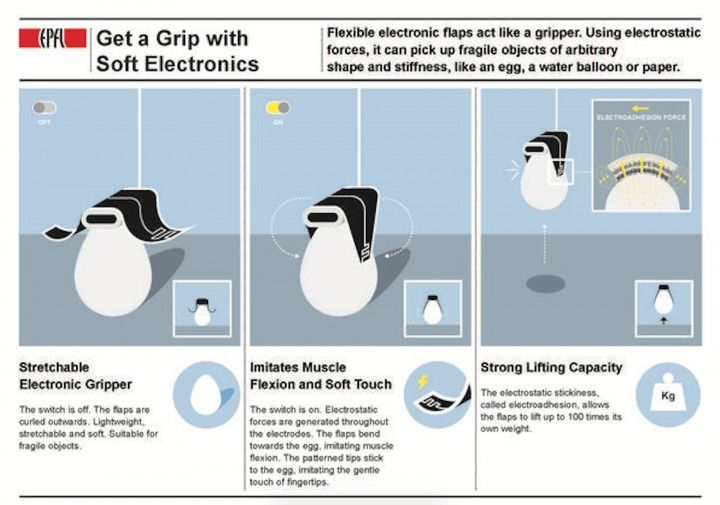
Robots aren’t exactly known for their delicate touch, but soon, the stereotype of the non-gentle machine may change. Scientists say they have managed to develop a robot with “a new soft gripper” that makes use of a phenomenon known as electroadhesion — which is essentially the next best thing to giving robots opposable thumbs. According to EPFL scientists, these next-gen grippers can handle fragile objects no matter what their shape — everything from an egg to a water balloon to a piece of paper is fair game.
This latest advance in robotics, funded by NCCR Robotics, may allow machines to take on unprecedented roles. “This is the first time that electroadhesion and soft robotics have been combined together to grasp objects,” said Jun Shintake, a doctoral student at EPFL. Potential applications include handling food, capturing debris (both in space and at home), or even being integrated into prosthetic limbs.
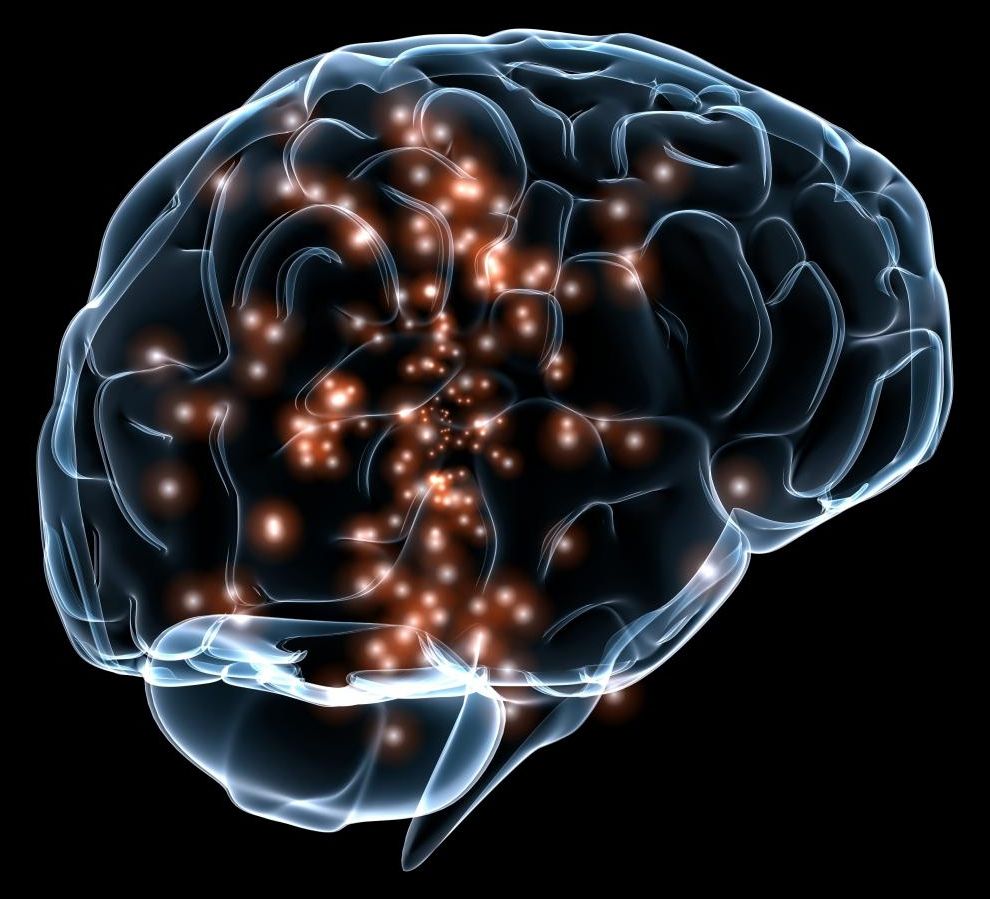
Researchers have constructed the first comprehensive model of how neurons in the brain behave when faced with a complex decision-making process, and how they adapt and learn from mistakes.
The mathematical model, developed by researchers from the University of Cambridge, is the first biologically realistic account of the process, and is able to predict not only behaviour, but also neural activity. The results, reported in the Journal of Neuroscience, could aid in the understanding of conditions from obsessive compulsive disorder and addiction to Parkinson’s disease.
The model was compared to experimental data for a wide-ranging set of tasks, from simple binary choices to multistep sequential decision making. It accurately captures behavioural choice probabilities and predicts choice reversal in an experiment, a hallmark of complex decision making.

CytoDyn Inc. announced in a news release last week that its ongoing extension study of PRO 140 monotherapy has shown “complete viral-load suppression” for well over a year, with some patients approaching 17 months. The phase I trial included 23 patients.
“The company believes that complete virologic suppression through treatment with a single agent, PRO 140, a safe and efficacious antibody, rather than through the widely used HAART combination therapy, could present a significant opportunity to treat HIV patients. Based on these monotherapy results, the company plans to file a second Phase 3 protocol for PRO 140 monotherapy with the FDA. CytoDyn is currently conducting a pivotal phase 3 trial for PRO 140 as an adjunct therapy with expected commercialization in 2017.”
On Jan 22, the company filed a request for Breakthrough Therapy Designation with the FDA for PRO 140 as a treatment for HIV-1 infection in treatment experienced patients with virologic failure, meaning other medications alone no longer work for them.
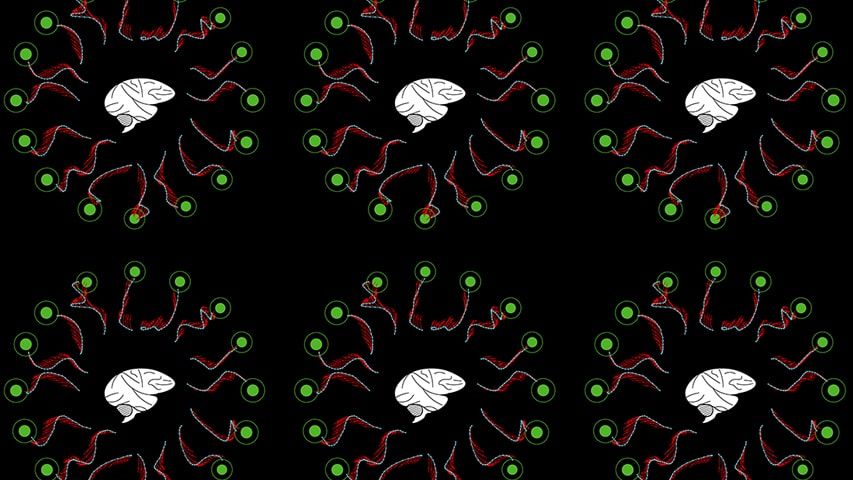
Very interesting discovery about how our brain thinks; our brain isn’t always 100% error proof according to this report from Carnegie Mellon University. Therefore, when researchers are mapping the brain plus mimicking human brain functions; what is the tolerance level for error allowed then?
A study conducted at Carnegie Mellon University investigated the brain’s neural activity during learned behavior and found that the brain makes mistakes because it applies incorrect inner beliefs, or internal models, about how the world works. The research suggests that when the brain makes a mistake, it actually thinks that it is making the correct decision—its neural signals are consistent with its inner beliefs, but not with what is happening in the real world.
“Our brains are constantly trying to predict how the world works. We do this by building internal models through experience and learning when we interact with the world,” said Steven Chase, an assistant professor in the Department of Biomedical Engineering and the Center for the Neural Basis of Cognition. “However, it has not yet been possible to track how these internal models affect instant-by-instant behavioral decisions.”
The researchers conducted an experiment using a brain-machine interface, a device that allows the brain to control a computer cursor using thought alone. By studying the brain’s activity, the researchers could see how the brain thinks an action should be performed. The researchers report that the majority of errors made were caused by a mismatch between the subjects’ internal models and reality. In addition, they found that internal models realigned to better match reality during the course of learning. “To our knowledge, this is the most detailed representation of a brain’s inner beliefs that has been identified to date,” said Byron Yu, an associate professor in the Department of Electrical and Computer Engineering and the Department of Biomedical Engineering.

Building building diamond lattices through DNA.
Using bundled strands of DNA to build Tinkertoy-like tetrahedral cages, scientists at the U.S. Department of Energy’s Brookhaven National Laboratory have devised a way to trap and arrange nanoparticles in a way that mimics the crystalline structure of diamond. The achievement of this complex yet elegant arrangement, as described in a paper published February 5, 2016, in Science, may open a path to new materials that take advantage of the optical and mechanical properties of this crystalline structure for applications such as optical transistors, color-changing materials, and lightweight yet tough materials.
“We solved a 25-year challenge in building diamond lattices in a rational way via self-assembly,” said Oleg Gang, a physicist who led this research at the Center for Functional Nanomaterials (CFN) at Brookhaven Lab in collaboration with scientists from Stony Brook University, Wesleyan University, and Nagoya University in Japan.
The scientists employed a technique developed by Gang that uses fabricated DNA as a building material to organize nanoparticles into 3D spatial arrangements. They used ropelike bundles of double-helix DNA to create rigid, three-dimensional frames, and added dangling bits of single-stranded DNA to bind particles coated with complementary DNA strands.

Tough to be a doctor these days — Could be bad news for Providers with limited or no Cyber Risk Coverage.
Providers are focusing on cybersecurity with increased urgency. Cyberattacks on health-care organizations reached an all-time high in 2015 and aren’t expected to slow down in 2016, Harry Greenspun, director for Deloitte’s Center for Health Solutions, told Bloomberg BNA. One element of a comprehensive strategy to address data security is customized cyber risk insurance. Recent case law supports standing for class action litigants alleging future injuries, which may not be covered by some policy forms. We urge providers to review their cyber risk coverage with the increasing risks and this new case law in mind.
Specifically, it is critical that cyber risk insurance is designed to both: adequately mitigate future harm to those whose private information is compromised as a result of a data breach; and satisfy the full array of damages sought by such third parties, including damages for future injuries resulting from the anticipated improper use of data. These considerations are increasingly important because the policies available in today’s market are not standardized. While many absorb some of the costs associated with notification and fraud monitoring, existing forms may not protect against damages sought for susceptibility to identity theft.
The Remijas decision
Last fall, the Seventh Circuit reviewed the “substantial risk” standard for Article III class action standing in Remijas v. Neiman Marcus Group and held that even a 2.5 percentage of compromised credit card holders is enough to show a substantial risk to an entire universe of credit card holders with breached data. 794 F.3d 688, 693 (7th Cir. 2015).
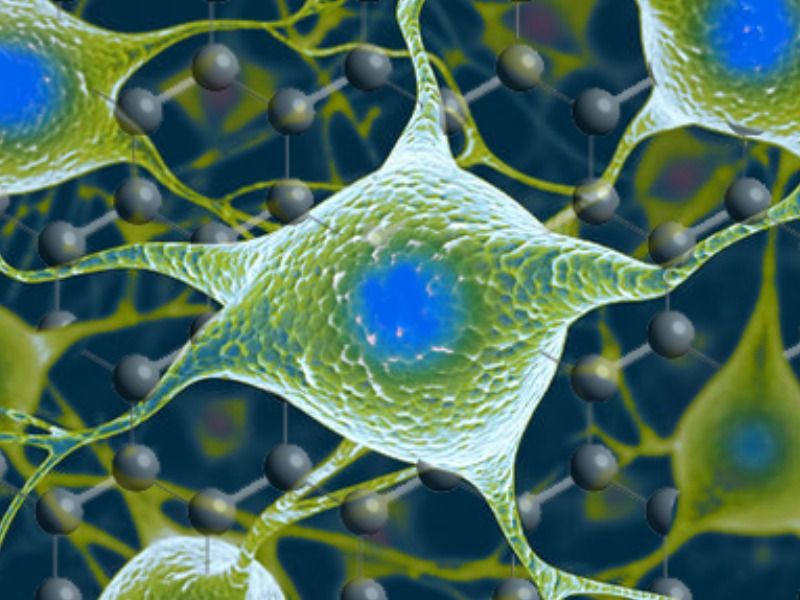
Graphene; the material for brain chip implants; however, Q-Dots ferrofluid is where it will make us totally rethink brain implants in the future.
A new technology developed by researchers in Italy and the United Kingdom allows for the creation of graphene-based materials that can be interfaced with neurons without losing its electrical conductivity. This can lead to the creation of neural electrodes that are not only biocompatible, but stable within the body as well. (Photo : University of Cambridge)
Scientists from the United Kingdom and Italy have developed a new process in which a carbon form known as graphene is combined with neurons without sacrificing the integrity of these cells.
This revolutionary technology is believed to be a stepping stone for the creation of graphene-based electrodes, which can be implanted in the brain of people with motor disorders, such as Parkinson’s disease, in order to regain control of their damaged limbs.
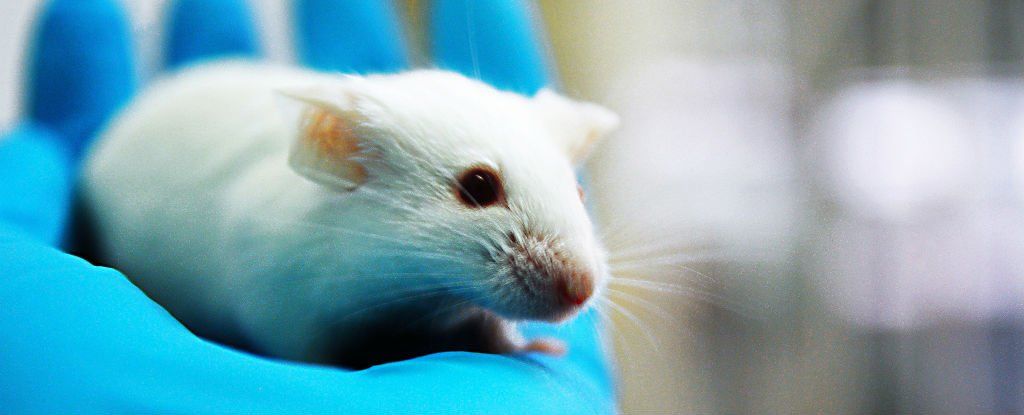
A new study has shown that the lifespans of mice can be extended by up to 35 percent by simply clearing out senescent cells — defunct cells that stop dividing, accumulate in old age, and trigger inflammation in fat, muscle, and kidney tissues.
Not only did the mice experience significantly longer lifespans thanks to removal of these cells, but the treatment also delayed the onset of age-related disorders such as heart and kidney deterioration, and the development of cataracts and tumours.
“It’s not just that we’re making these mice live longer; they actually stay healthier longer too. That’s important, because if you were going to equate this to people, well, you don’t want to just extend the years of life that people are miserable or hospitalised,” one of the team, cell biologist Darren Barker from the Mayo Clinic College of Medicine, told William Herkewitz at Popular Mechanics.
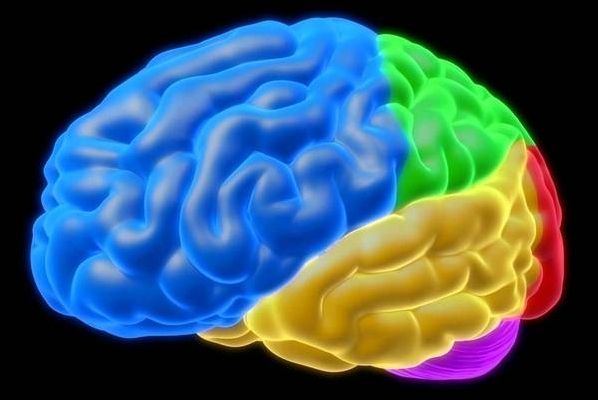
Ampakines are known mental stimulants, but in rats they can also shelter the brain from age-related decline and even reverse deterioriation
A number of changes happen in the aging brain and one of these is a dendritic loss which onsets around middle age. In a new study, researchers have shown a particular drug belonging to the ampakine class of compounds, has significant neuroprotective properties.
Shielding the brain
Ampakines have already been shown to aid cognitive function in older rats, and they also appear to boost levels of BDNF, brain derived neurotrophic factor, which is associated with staving off neural decline. In the latest study using one such ampakine, older rat brains were compared to adolescent samples. While untreated rats had short dendrites and fewer dendritic branches, after 3 months of treatment older rat brains were identical to younger ones. If that wasn’t enough, they showed enhanced signalling and even had more dendritic spines than the adolescent rats did.